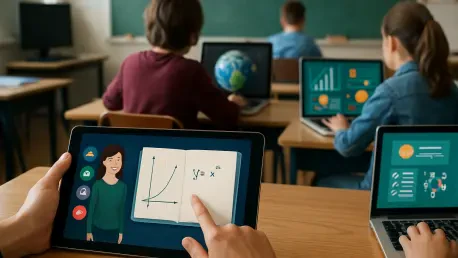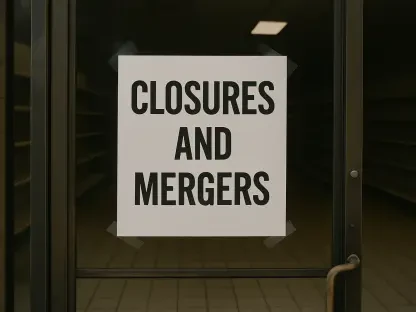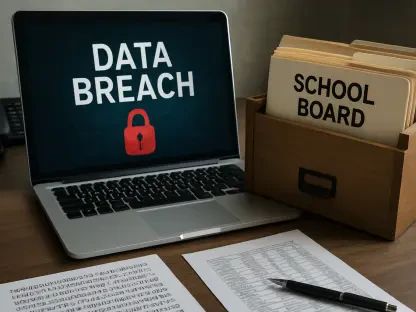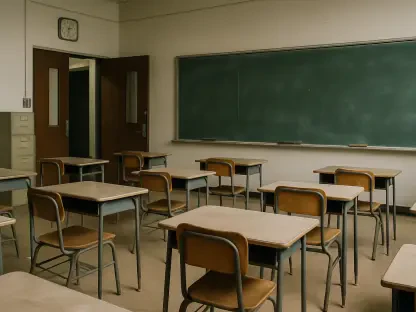I’m thrilled to sit down with Camille Faivre, a renowned education expert with a deep focus on education management. In the evolving post-pandemic landscape, Camille has been at the forefront of supporting institutions in developing and implementing innovative open and e-learning programs. Today, we’ll dive into her insights on fostering student engagement through cutting-edge tools like virtual field trips and immersive learning resources, explore the importance of connecting classroom content to the real world, and discuss how educators can balance technology with traditional teaching methods.
Can you share what sparked your passion for focusing on student engagement in education?
My passion for student engagement grew from seeing how disconnected many students felt from their learning. I noticed early on that when lessons lacked relevance to their lives, their interest waned. I wanted to bridge that gap by creating experiences that made learning meaningful and exciting, showing them how classroom concepts apply to the world around them. It’s been incredibly rewarding to see their curiosity ignite when they make those connections.
How do you define student engagement, and why do you believe it’s so vital for learning?
To me, student engagement is about active participation—when students are emotionally and intellectually invested in their learning. It’s not just about paying attention; it’s about being curious, asking questions, and wanting to dig deeper. I believe it’s vital because engaged students are more likely to retain information and develop critical thinking skills. Research consistently shows that engagement is a key predictor of academic success, and I’ve seen firsthand how it transforms a classroom into a dynamic learning environment.
You’ve highlighted virtual field trips as a powerful tool. Can you explain what makes them so effective for engaging students?
Virtual field trips are incredible because they break down the walls of the classroom. They allow students to explore places and ideas they might never encounter otherwise, like touring a solar telescope in Hawaii or wandering through ancient exhibits at a museum. This exposure sparks wonder and makes abstract concepts tangible. They’re also flexible—teachers can tailor them to specific lessons, ensuring relevance. Most importantly, they create shared experiences that get students talking and collaborating.
Can you tell us about a particularly memorable virtual field trip experience that impacted your students?
One that stands out is a virtual tour of a national museum’s deep ocean exhibit. My students were mesmerized by the visuals of underwater ecosystems, and it tied perfectly into our science unit on marine biology. They started asking questions I hadn’t even anticipated, like how climate change affects coral reefs. That curiosity led to a class project on ocean conservation. It was a moment where I saw learning come alive for them in a way a textbook never could.
Immersive learning resources seem to be another passion of yours. How have these tools transformed the learning experience for students?
Immersive learning takes engagement to another level by placing students in environments they can interact with, like exploring Mars or prehistoric Earth through digital simulations. It’s not just about seeing; it’s about doing. Students solve problems, make decisions, and feel like they’re part of the story. This hands-on approach helps them internalize complex ideas and builds confidence in their ability to tackle challenges. It’s been amazing to watch shy students come out of their shells during these experiences.
How do you support students who might find immersive content a bit overwhelming at first?
I’ve found that some students need a gradual introduction to immersive tools, especially if they’re not used to tech-heavy environments. I start with short, guided sessions where we explore together as a class, and I provide clear instructions on what to focus on. I also encourage peer support—pairing students who are more comfortable with the tech with those who aren’t. Over time, I’ve seen even the most hesitant students grow to love these experiences as they gain familiarity and confidence.
You’ve mentioned professional development as a key resource for educators using immersive learning. Can you share how this has shaped your own teaching?
Professional development has been a game-changer for me. Through workshops and online courses, I’ve learned practical strategies for integrating immersive tools into my curriculum, like how to align virtual experiences with learning objectives. Earning microcredentials in these areas boosted my confidence to experiment with new approaches without fear of failure. It’s also connected me with a community of educators who share ideas and solutions, which has been invaluable for staying innovative.
How do you strike a balance between leveraging technology like virtual field trips and maintaining traditional teaching methods?
Balancing tech and traditional methods is all about intentionality. I use technology as a tool to enhance, not replace, foundational teaching practices. For instance, a virtual field trip might introduce a topic, but we follow up with hands-on activities or group discussions to deepen understanding. I’m mindful not to let screens dominate—there’s still immense value in face-to-face interaction and tactile learning. It’s about finding the right mix that keeps students engaged while ensuring they develop core skills.
What’s your forecast for the future of student engagement through technology in education?
I’m incredibly optimistic about the future. I think we’ll see even more personalized and interactive tools, like AI-driven learning platforms that adapt to each student’s needs in real time. Virtual and augmented reality will likely become more accessible, allowing for even richer immersive experiences. But I also believe the human element—teachers building relationships with students—will remain at the heart of engagement. Technology will amplify our ability to connect with students, but it’s up to educators to use it thoughtfully to create meaningful learning experiences.









